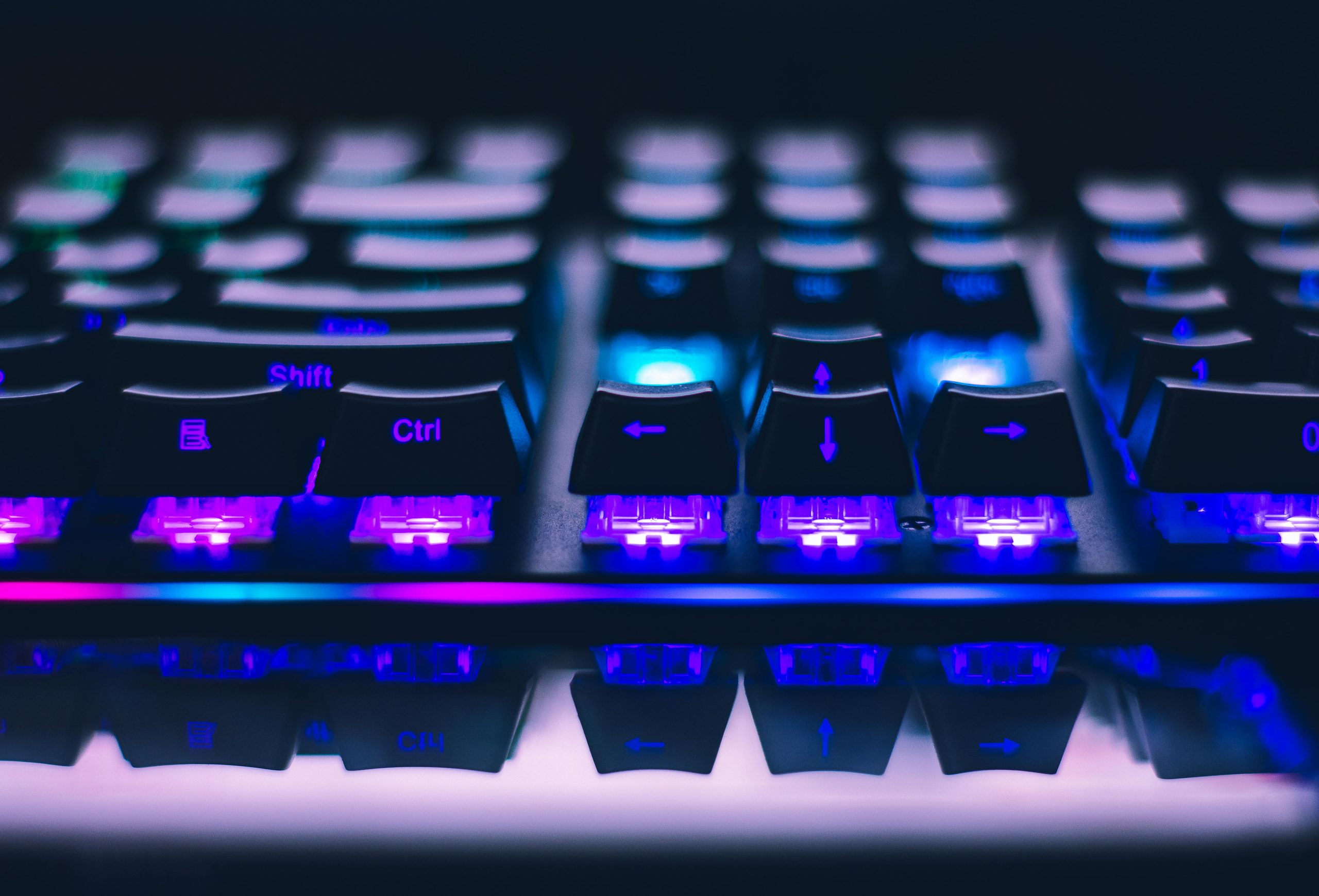Urgent Laptop Security Alert: Steps to Take After a Suspicious Remote Access Call
Recently, I encountered a distressing situation that highlighted the importance of computer security, especially for those who may not be tech-savvy. My father, unfortunately, allowed an unsolicited caller who claimed to be from his Internet Service Provider (ISP) to gain access to his laptop via TeamViewer. This incident raised immediate concerns about potential vulnerabilities and security threats.
During the call, my father mentioned that after granting access, his screen went black for about four minutes, at which point he instinctively ended the session. While I’m not an expert in cybersecurity—my understanding largely stemming from watching shows like Mr. Robot—the potential implications of this incident made me anxious.
Initial Reactions and Concerns
Given the circumstances, I was apprehensive about what the caller could have done during those four minutes. Could they have installed malware that would allow them to remotely control or monitor his laptop? What confidential information might they have accessed?
In a rush to safeguard his digital life, I decided to turn off the internet connection immediately. My next steps included backing up his important documents and preparing for a complete factory reset of the laptop. However, I sought advice from others before taking drastic action.
Steps Taken for Recovery
Fortunately, the community’s feedback was supportive and informative. I ended up wiping his laptop completely, and after running a thorough scan using Malwarebytes, we received confirmation that the device was clean. While this process meant my father had to reset five years’ worth of passwords, it was a small price to pay compared to the potential risks of leaving the laptop compromised.
Interestingly, the scammers called back shortly after the incident, attempting to repeat their deceptive pitch. With me present this time, I firmly informed them that their services were no longer needed. This gave me some comfort, as it suggested that they might not have gained anything significant.
Key Takeaways
This experience serves as a stark reminder for everyone, particularly those who might not be as tech-savvy, to remain vigilant regarding unsolicited communication. Here are a few crucial steps to protect yourself:
-
Never Share Access: Avoid granting remote access to anyone who contacts you unexpectedly. Legitimate companies will not ask for remote access over the phone.
-
Be Cautious of Calls: Always verify the identity of callers by hanging up and directly contacting the company they claim to represent.
-
**Regularly
Share this content:




Thank you for sharing your experience. It’s a good practice to be cautious whenever remote access is involved, especially with unsolicited callers. Here are some additional steps you can take to enhance his security:
It’s great to see you taking proactive steps. Staying vigilant and adopting good security practices can significantly reduce the risk of future incidents.